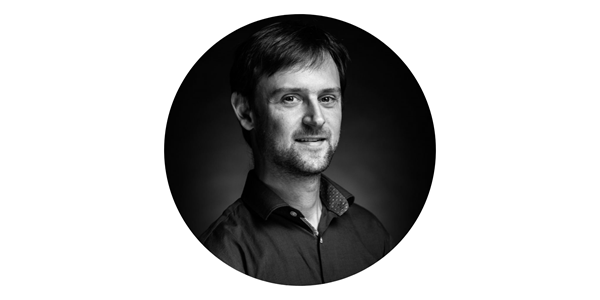Circular Economy
The concept of 'circularity' in the construction world focuses mainly on a building’s structure and the materials it is built of. Ingenium seeks rather to be a pioneer in stimulating circular construction in the field of technical installations.
In circularity, a distinction is often made between different building layers, based on their lifespans. 'Carriers' – fixed construction elements with long lifespans – are opposed here to 'built-in' – variable and dismantlable elements with shorter(er) lifespans, such as technical installations.

nico de roeck
The challenge is not only to enable circular reuse of these installations, but also to factor in, already at the design stage, possible subsequent functional changes to the building. The technical installations are not designed to be location-specific, but flexible and modular. The higher investment cost for this location flexibility pays for itself where no major adjustments to the installations are required when the building is re-purposed.
A mind shift is also needed from 'owning' technical installations to a model in which comfort or energy is offered as a service. By taking back the installations at the end of their lives, the supplier achieves a closed chain. With BIM, the installations can be described, classified and managed. This makes reuse in the future – possibly in a different project – a lot easier. With our expertise in commissioning and optimization, we also know that the proper maintenance and management of technical installations is important for enabling circular reuse. Anyone with insight into the precise number of rotational cycles of a cooling or heating system can determine its residual value and correctly estimate whether careful disassembly and reuse are still worth the effort.
Finally, circularity also means 'the renewability of all resources: energy and water, but in addition (and outside the focus of Ingenium) also air, materials and fertile soil'. That is why Ingenium is committed to renewable energy and the sustainable use of water. We also have expertise in the energy flexibility of buildings, where buffer capacity and the possibility to switch to other energy generators in the future are important parameters. Our extensive knowledge of heat networks also allows us to estimate and monitor the potential for each individual building. And at site level we can also look at connecting the buildings to a smart grid.